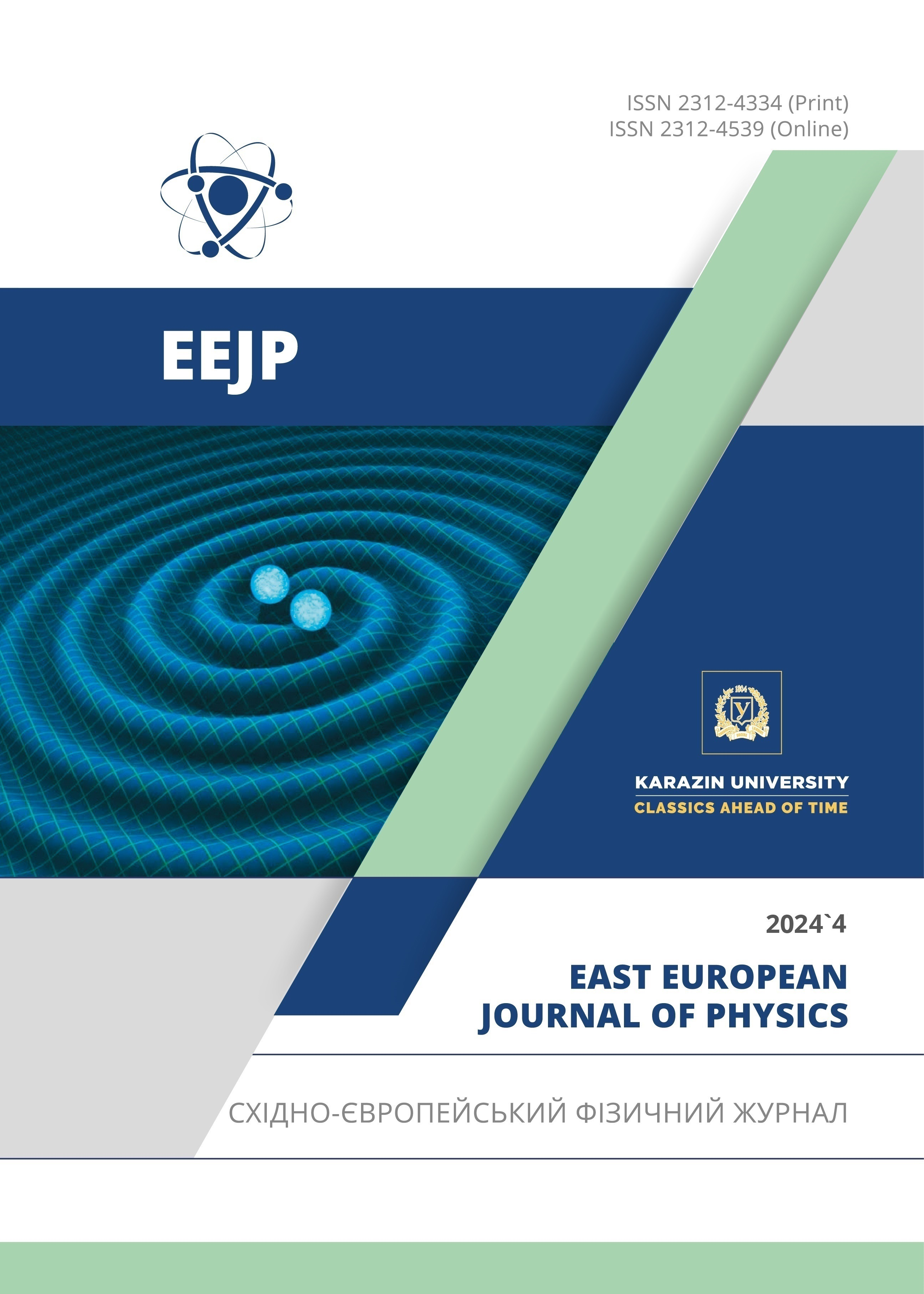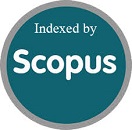Taking the Null-Hypersurface Limit in the Parikh-Wilczek Membrane Approach
Abstract
We consider subtleties of the horizon (null-hypersurface) limit in the Parikh-Wilczek Membrane Approach to Black Holes. Specifically, we refine the correspondence between the projected Einstein equations of gravity with matter and the Raychaudhuri-Damour-Navier-Stokes (RDNS) equations of relativistic hydrodynamics. For a general configuration of gravity with matter we obtain additional terms in the hydrodynamic equations, which include very specific combinations of the contracted logarithmic derivatives of a parameter (the regularization function) determining the proximity of a stretched membrane to the black hole horizon. Nevertheless, direct computations of the new terms for exact (Schwarzschild and Kerr) black hole solutions prompt the standard form of the RDNS equations, due to the non-expanding horizon property of these solutions. Therefore, the reduction of the extended RDNS equations to their classical form may be viewed as an additional consistency condition in the exact black hole solutions hydrodynamics, and may serve as a non-trivial test for various viable approximations of spacetime metrics. We compare in detail the Parikh-Wilczek Membrane Approach with the Gourgoulhon-Jaramillo method of a null-hypersurface description, as well as give the link of the obtained results to our previous work on the Kerr black holes.
Downloads
References
K.S. Thorne, R.H. Price, and D.A. Macdonald, Black Holes: The Membrane Paradigm, (Yale Univ. Pr., New Haven, 1986).
T. Damour, Phys. Rev. D, 18, 3598 (1978). http://dx.doi.org/10.1103/PhysRevD.18.3598
T. Damour, in: Proceedings of the second Marcel Grossmann Meeting on general relativity, edited by R. Ruffini (North-Holland, 1982), pp. 508-687.
M. Parikh, and F. Wilczek, Phys. Rev. D, 58, 064011 (1998). http://dx.doi.org/10.1103/PhysRevD.58.064011
P.K. Kovtun, and A.O. Starinets, Phys. Rev. D, 72, 086009 (2005). http://dx.doi.org/10.1103/PhysRevD.72.086009
J. de Boer, M.P. Heller, and N. Pinzani-Fokeeva, Phys. Rev. D, 91, 026006 (2015). http://dx.doi.org/10.1103/PhysRevD.91.026006
P. Kovtun, D.T. Son, and A.O. Starinets, JHEP, 10, 064 (2003). http://dx.doi.org/10.1088/1126-6708/2003/10/064
N. Iqbal, and H. Liu, Phys. Rev. D, 79, 025023 (2009). http://dx.doi.org/10.1103/PhysRevD.79.025023
P. Kovtun, and A. Ritz, Phys. Rev. D, 78, 066009 (2008). http://dx.doi.org/10.1103/PhysRevD.78.066009
A. Ritz, Int. J. Mod. Phys. A, 25, 433 (2010). http://dx.doi.org/10.1142/S0217751X10048731
I. Bredberg, C. Keeler, V. Lysov, and A. Strominger, JHEP, 03, 141 (2011). http://dx.doi.org/10.1007/JHEP03(2011)141
T. Faulkner, H. Liu, and M. Rangamani, JHEP, 08, 051 (2011). http://dx.doi.org/10.1007/JHEP08(2011)051
A.J. Nurmagambetov, and A.M. Arslanaliev, LHEP, 2022, 328 (2022). http://dx.doi.org/10.31526/lhep.2022.328
C.W. Misner, K.S. Thorne, and J.A. Wheeler, Gravitation, (Freeman W.H. and Co., San Francisco. 1973).
E. Gourgoulhon, Phys. Rev. D, 72, 104007 (2005). http://dx.doi.org/10.1103/PhysRevD.72.104007
E. Gourgoulhon, and J.L. Jaramillo, Phys. Rept., 423, 159 (2006). http://dx.doi.org/10.1016/j.physrep.2005.10.005
N. Straumann, General Relativity, (Springer, 2013).
A. Raychaudhuri, Phys. Rev., 98, 1123 (1955). http://dx.doi.org/10.1103/PhysRev.98.1123
T. Padmanabhan, Phys. Rev. D, 83, 044048 (2011). http://dx.doi.org/10.1103/PhysRevD.83.044048
L. Li, and T. Wang, Preprint arXiv:1710.00744 [gr-qc], http://dx.doi.org/10.48550/arXiv.1710.00744
M. Alcubierre, Introduction to 3+1 Numerical Relativity, (Oxford, 2008).
P. Hájiˇcek, Commun. Math. Phys., 36, 305 (1974). http://dx.doi.org/10.1007/BF01646202
P. Hájiˇcek, Commun. Math. Phys., 34, 37 (1973). http://dx.doi.org/10.1007/BF01646541
P. Hájiˇcek, J. Math. Phys., 15, 1554 (1974). http://dx.doi.org/10.1063/1.1666846
P. Hájiˇcek, J. Math. Phys., 16, 518 (1975). http://dx.doi.org/10.1063/1.522575
A. Ashtekar, C. Beetle, and S. Fairhurst, Class. Quant. Grav., 16, L1 (1999). http://dx.doi.org/10.1088/0264-9381/16/2/027
J.B. Hartle, and K.S. Thorne, Astrophys. J., 153, 807 (1968). http://dx.doi.org/10.1086/149707
T. Johannsen, and D. Psaltis, Phys. Rev. D, 83, 124015 (2011). http://dx.doi.org/10.1103/PhysRevD.83.124015
L. Rezzolla, and A. Zhidenko, Phys. Rev. D, 90, 084009 (2014). http://dx.doi.org/10.1103/PhysRevD.90.084009
R. Konoplya, L. Rezzolla, and A. Zhidenko, Phys. Rev. D, 93, 064015 (2016). http://dx.doi.org/10.1103/PhysRevD.93.064015
R.A. Konoplya, and A. Zhidenko, JCAP, 08, 008 (2023). http://dx.doi.org/10.1088/1475-7516/2023/08/008
G.G.L. Nashed, and K. Bamba, Nucl. Phys. B, 994, 116325 (2023). http://dx.doi.org/10.1016/j.nuclphysb.2023.116325
J. Hartong, E. Have, N.A. Obers, and I. Pikovski, SciPost Phys., 16, 088 (2024). http://dx.doi.org/10.21468/SciPostPhys.16.3.088
Copyright (c) 2024 A.M. Arslanaliev, A.J. Nurmagambetov

This work is licensed under a Creative Commons Attribution 4.0 International License.
Authors who publish with this journal agree to the following terms:
- Authors retain copyright and grant the journal right of first publication with the work simultaneously licensed under a Creative Commons Attribution License that allows others to share the work with an acknowledgment of the work's authorship and initial publication in this journal.
- Authors are able to enter into separate, additional contractual arrangements for the non-exclusive distribution of the journal's published version of the work (e.g., post it to an institutional repository or publish it in a book), with an acknowledgment of its initial publication in this journal.
- Authors are permitted and encouraged to post their work online (e.g., in institutional repositories or on their website) prior to and during the submission process, as it can lead to productive exchanges, as well as earlier and greater citation of published work (See The Effect of Open Access).








